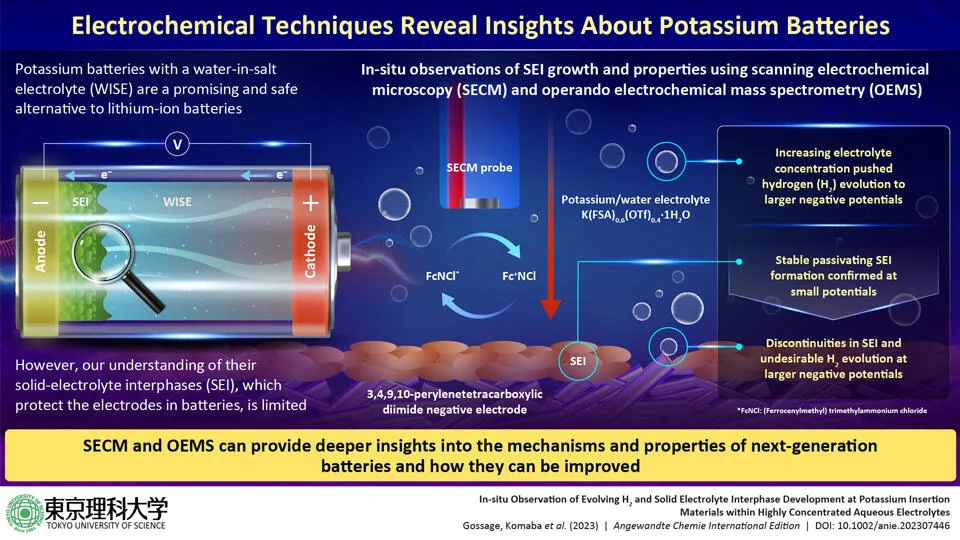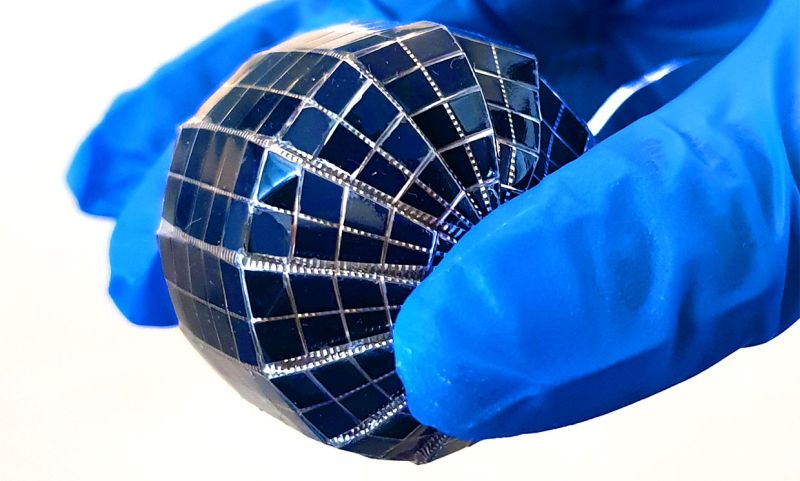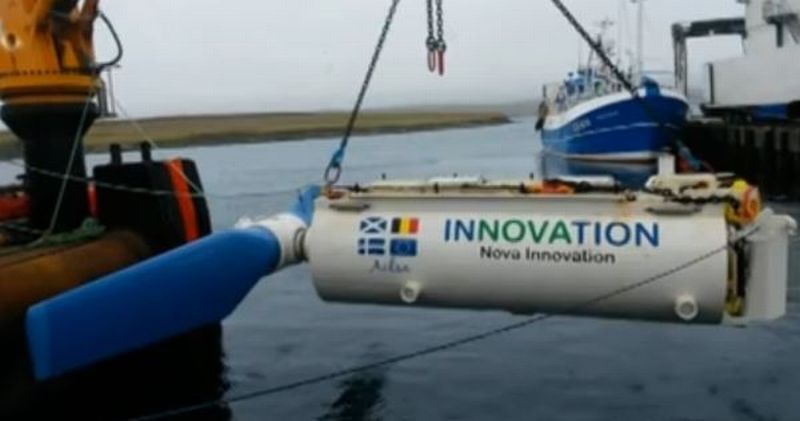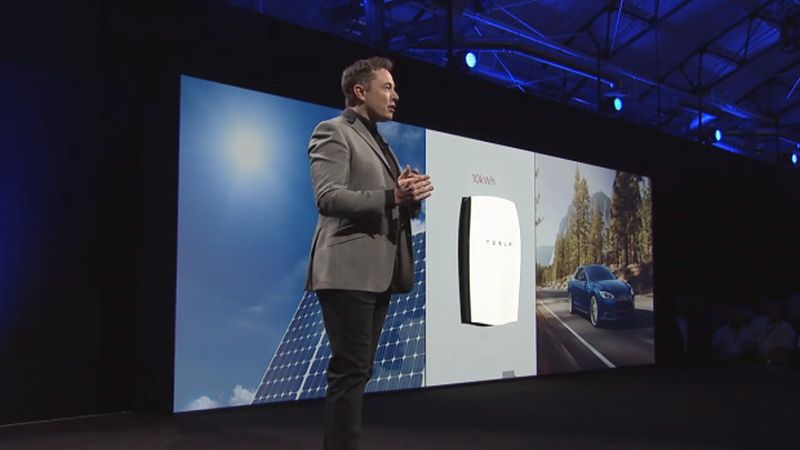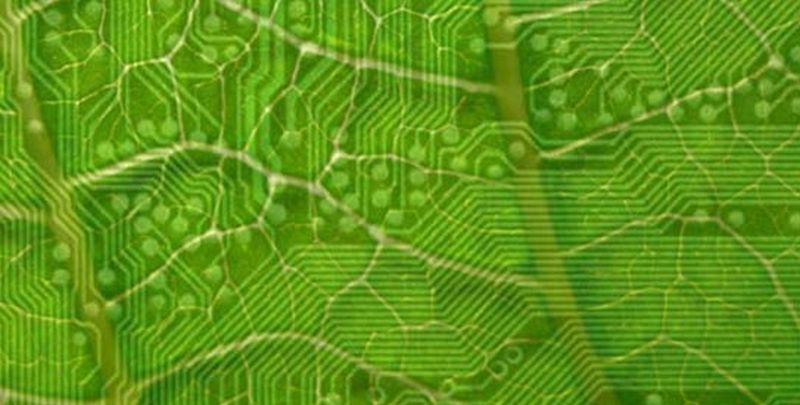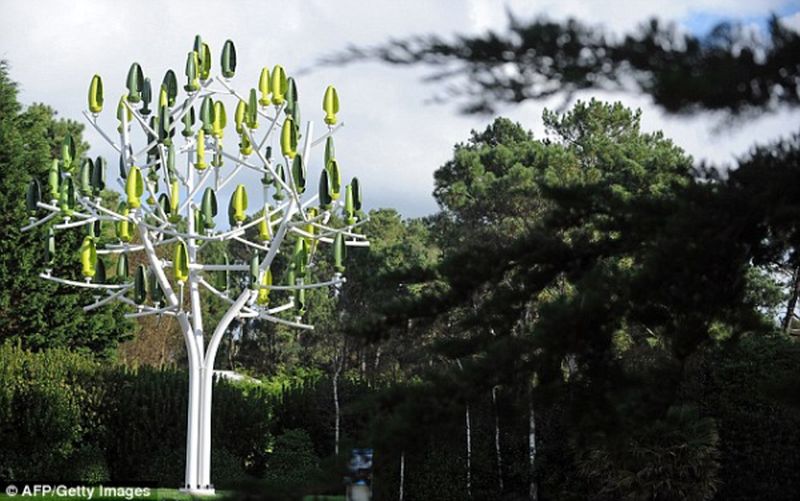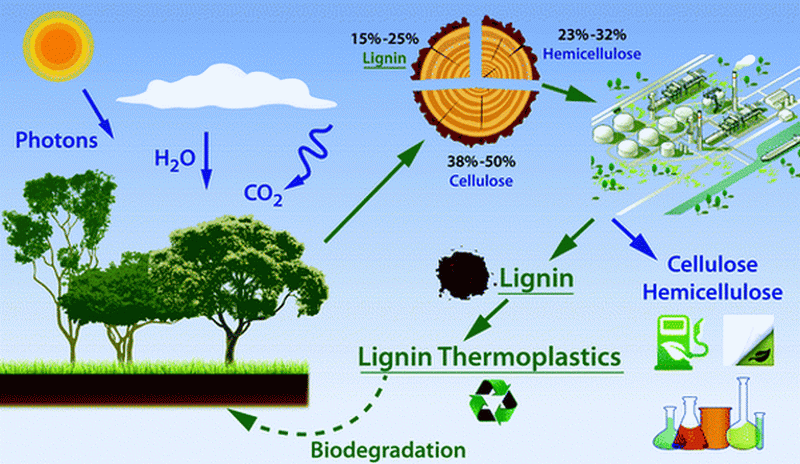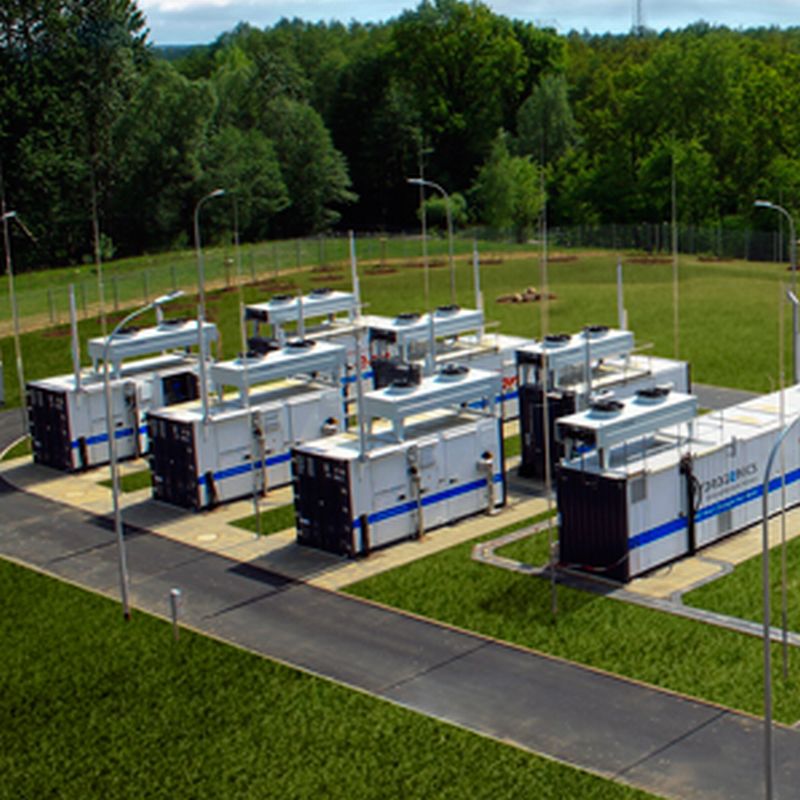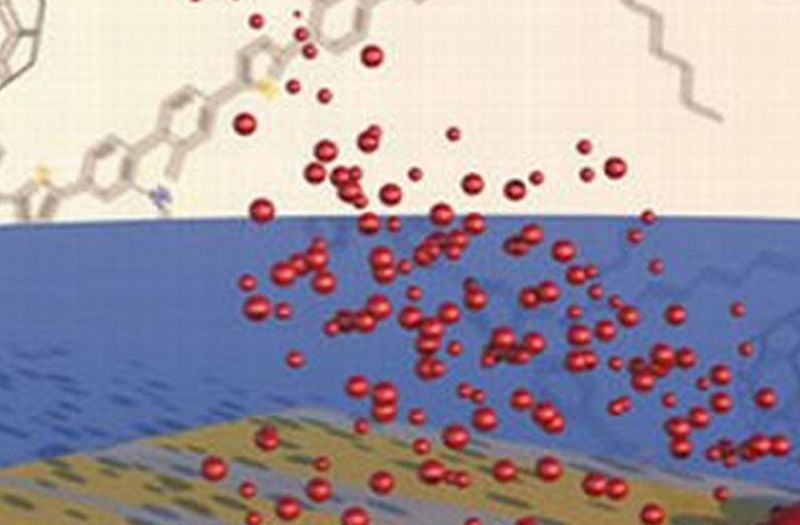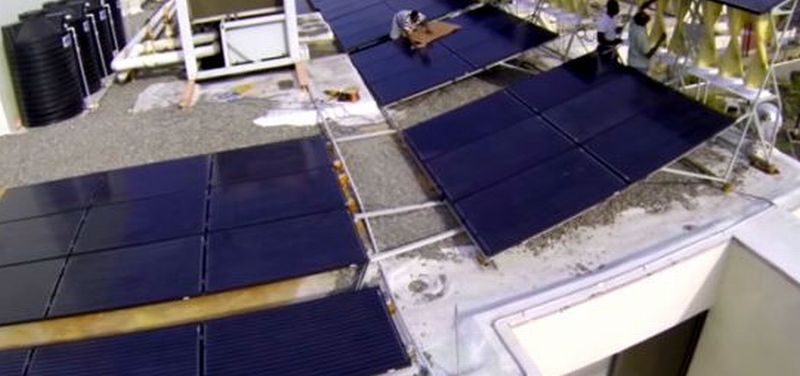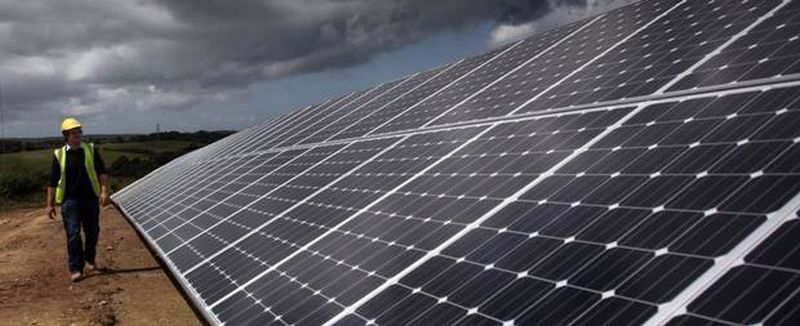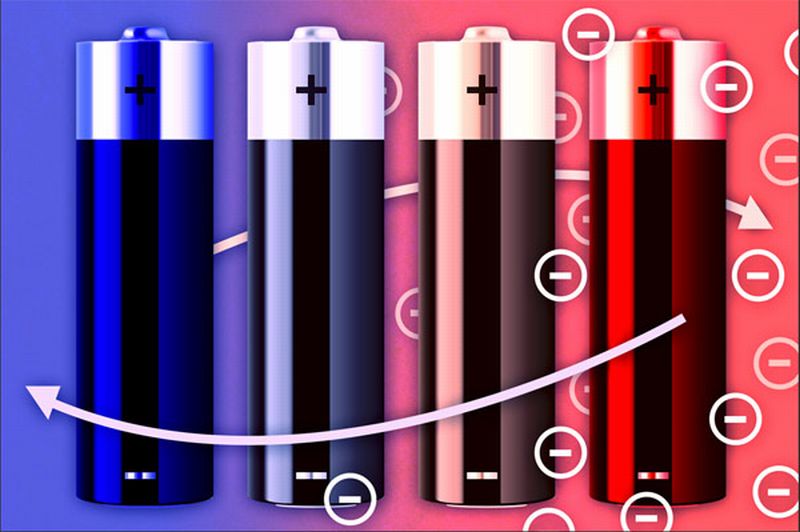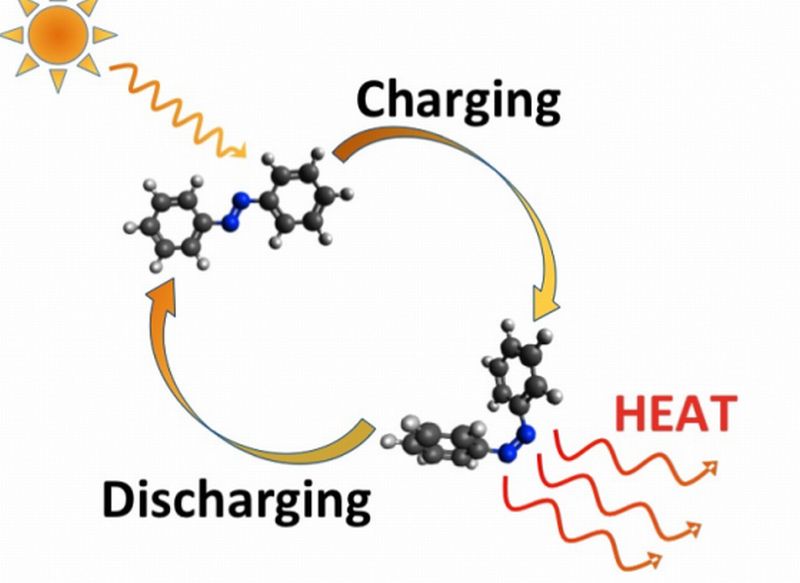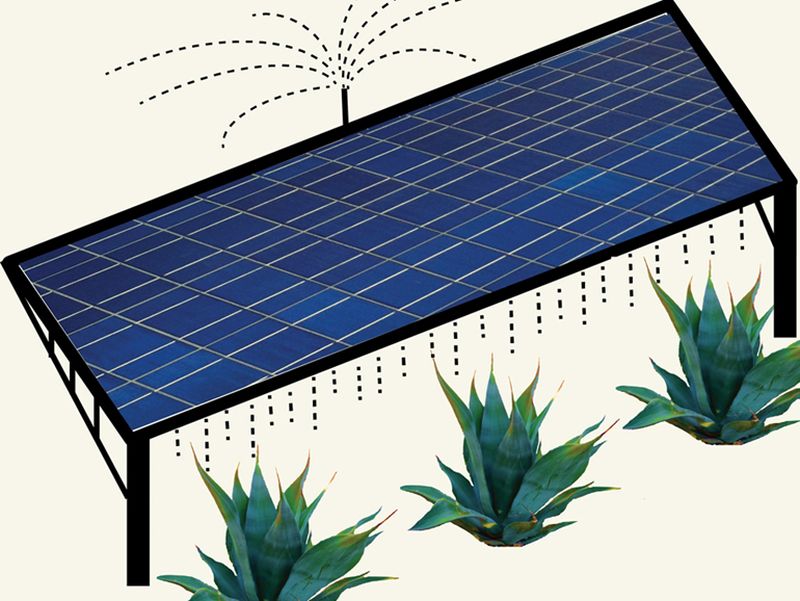In the recent times, there has been significant focus around the development of high-performance energy storage solutions. Consequently, the idea has become the driving force behind the advancing battery technology. With the emergence of renewable energy sources such as wind, solar power including electric vehicles (EVs), the need for advanced energy storage systems has grown exponentially.
Read MoreTag: renewable energy
Zinc Batteries for Sustainable Development: The New Hybrid Electrolyte
Zinc batteries have been explored as an alternative to lithium-ion batteries for large-scale energy storage since long. Zinc-based batteries is preferred over li-ion batteries because it is abundant, low-cost, and environmentally friendly compared to other metals. However, their efficiency has been limited due to issues with the zinc metal anode. However, with the recent development of a new electrolyte that improves the efficiency of the zinc metal anode to nearly 100%, researchers envision that it could make zinc batteries a viable alternative.
Read MoreSpherical Solar Cells Boost Up Solar Energy Harvesting
Flat solar panels dominate the world market when it comes to capture solar energy directly from the Sun. However, the flat design has a major limitation as it cannot keep track of sun’s apparent motion.
Read MoreScottish Energy Tidal Turbine Power Company Supplies Electricity to the National Grid: Renewable Power (w/Video)
Technology advancement in harnessing renewable sources of energy such as solar and wind has reached a long way. However, tapping marine energy efficiently and reliably at the same time has always remained a challenging task.
Read MoreTesla Powerwall: Energy Storage System for a Sustainable Home
Elon Musk aka Tony Stark of the real life leave no stone unturned when it comes to denting the universe. He concretizes stuff which we can only dream off. His idea of privatizing space travel with Space X, revolutionizing conventional automobile mechanics by introducing electric cars via Tesla motors, his unconventional open tube transport system, the Hyperloop are not the ‘only’ examples of his unlimited desire for uplifting the future of humanity. He has now come up with an energy storage system for home users, called the Powerwall.
Read MoreAffordable Artificial Leaf to produce Clean Hydrogen Fuel: Nanowire Mesh for Direct Solar Water Splitting
Today nations across the world are trying to cut down their greenhouse gas emissions. Alternative energy sources are being tried and tested to replace non-renewable fuel sources and in this race, hydrogen fuel also known as zero emission fuel, definitely seems to have a promising future. Many automobile companies are doing R & D to come up with hydrogen fuel cell vehicles in the auto market. Unfortunately, availability of naturally occurring pure hydrogen on Earth is very limited and therefore, production of hydrogen gas requires tremendous energy. To overcome this…
Read MoreElectricity producing Trees: Plastic Leaves to Create Power
Very soon, we might witness our streets and garden lined up with electricity producing trees. Unbelievable but true. Couple of French engineers have designed an artificial tree that uses wind energy to produce electricity. The electricity producing, Wind Tree will be available in the market by 2015. Founder of start-up Parisian, Jerome Michaud-Lariviere says that he came up with the idea of wind tree when he saw leaves quivering in the absence of air currents, which means energy is coming from somewhere and it possible can be morphed into watts.
Read MoreRecycling Wood, Crop Waste into Valuable Chemicals: Renewable Biomass Material
Everyone realizes the importance of recycling potential wastes into useful products. This recycling process helps in reducing the requirement for raw materials, minimizing energy usage, curb water and air pollution, thus reducing greenhouse gas emission. Experts around the world are trying ceaselessly to look for new and innovative techniques to recycle wastes. In one such attempt, researchers have found an innovative method to recycle lignin, which is a biomass waste, into certain chemicals that can be put to use in other applications. Recycling Lignin Lignin is the complex material responsible…
Read MoreThe Electrolyzer Project: A Promising Technology to Hydrogen Energy Storage
In order to solve the impending world’s problem for renewable energy, Germany is becoming more and more dependent on wind & solar power. Currently, the nation has come up with 20 more projects involving storing energy by creating water splitters, the process is known as Electrolysis.
Read MoreNew Spray-on Solar Cells: Thin-film Photovoltaic Technology
In an interesting way, a group of researchers at the University of Sheffield was able to develop perovskite solar cells with the help of spray-painting process. Although the process is not new but using perovskite as a spraying material is being employed for the first time. Sheffield’s experts from the department of Physics and Biological Engineering have already used the spray-painting process to fabricate solar cells but the material used was organic semiconductors. In 2012, the researchers were able to successfully demonstrate the efficiency of photovoltaics based on organometal halide…
Read MoreWorld’s Largest Wind Solar Hybrid: Saving Over $2 Million in Energy Costs
Lately, in Jamaica wind-solar array has been installed, which happens to be the world’s first such arrangement. This hybrid array boasts of providing the maximum renewable energy density of any technology on the market. Energy limit of more than 106,000 kWh is expected to churn out yearly. WindStream Technologies, the renewable energy tech firm envision that the longevity of the project is around 25 years and the energy cost savings is graphed to go beyond $US 2 million. However, the return on investment will start showing itself within the consequent…
Read MoreSolar Cells to replace Toxic Cadmium Chloride: Promises Clean Energy
Energy Industry around the world is constantly evolving in terms of innovation to harness clean energy from renewal energy like sunlight, wind, tides rain and so on. Harnessing energy from sunlight using solar panels are being used worldwide and its production is also increasing. Unfortunately, during manufacturing these commonly used solar panels requires a highly toxic and water soluble chemical known as cadmium chloride. The cadmium chloride is known to cause genetic defects and disease related to heart, kidney and other severe health hazards. And if accidentally the chemical reaches to the water bodies, the toxic chemical causes havoc,…
Read MoreStanford-MIT System Aims at Harvesting Low-Grade Heat: New Battery Technology
It’s been more than a decade researchers across the globe are working towards harnessing waste energy into something useful. Most of the times, their energy focused around thermoelectric devices but efficiency of this approach was limited to the accessibility of materials Lately, researchers at Stanford University in collaboration with experts from Massachusetts Institute of Technology have come up with an innovative technology, which captures and morphs waste heat into electricity. The approach holds the low temperature waste heat, that is, less than 100 degrees Celsius.
Read MoreOptimizing the Storage of Solar Energy in Chemical Bonds: Solar Thermal Fuel
Researchers from MIT and Harvard University have come up with an innovative approach of tapping sun’s heat in form of chemical energy and releasing as per the requirement. The technique is not aimed for replacing the existing solar energy storage problem rather it is an effort of taking the solar power into the new areas which otherwise was not explored before. For instance, the output via this approach is heat, which could be directed towards cooking or industrial avenues where heat is required for powering processes. Molecules Act as Rechargeable…
Read MorePhotovoltaic Panels and Agave Cultivation: A New Model for Solar Farms
“Agrivoltaics” is relatively a new concept that involves cultivating plants like agave in the spaces between and beneath the photovoltaic panels which allow solar plants to use sunlight for electricity generation and also providing crops for biofuels. It offers optimal solutions for problems that are associated with large solar plants. The solar plants located in the arid regions require constant cleaning of its panels from dust, sand particles or bird droppings. The process of cleaning requires water, which apart from cleaning the panels, dampen the soil to suppress the dust…
Read More
